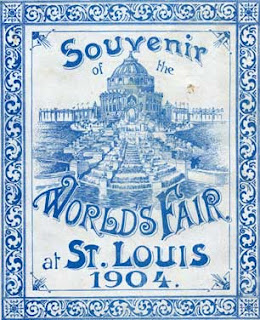Last week, volunteers from nonprofit corporation Designing Women exhibited work in Freeport. Donations at the door benefited the Coastal Studies for Girls Organization, a science and leadership semester school for 10th grade girls. The artisans and crafters presented an astounding array of gift items for giving to loved ones of gifting yourself.
December 12th, at Woodford's Church in Portland the Designing Women are at it again. The $2.00 donation at the door will benefit Women Unlimited, a nonprofit providing technical training and resources for Maine women, minorities and disadvantaged workers. There will also be a luncheon offer if you work up an appetite shopping. It promises to be a fun "girls day out".
The designing women, as you will see on their website, work in many mediums: soft sculpture, glass, note cards, jewelry, paper, soaps, pottery, wearable art, porcelain and fine art. The wonderful part is that their work is so individual. When you give a gift from Designing Women you know you are giving something original from a Maine Artisan. Not only do you gift with pride, you are also helping the Designing Women give back, with the donations made at the door to very worthy organizations.
Visit the Designing Women show December 12, 2009 from 9am-4pm at Woodfords Church at 202 Woodford Street.
View Larger Map
-Kathryn








